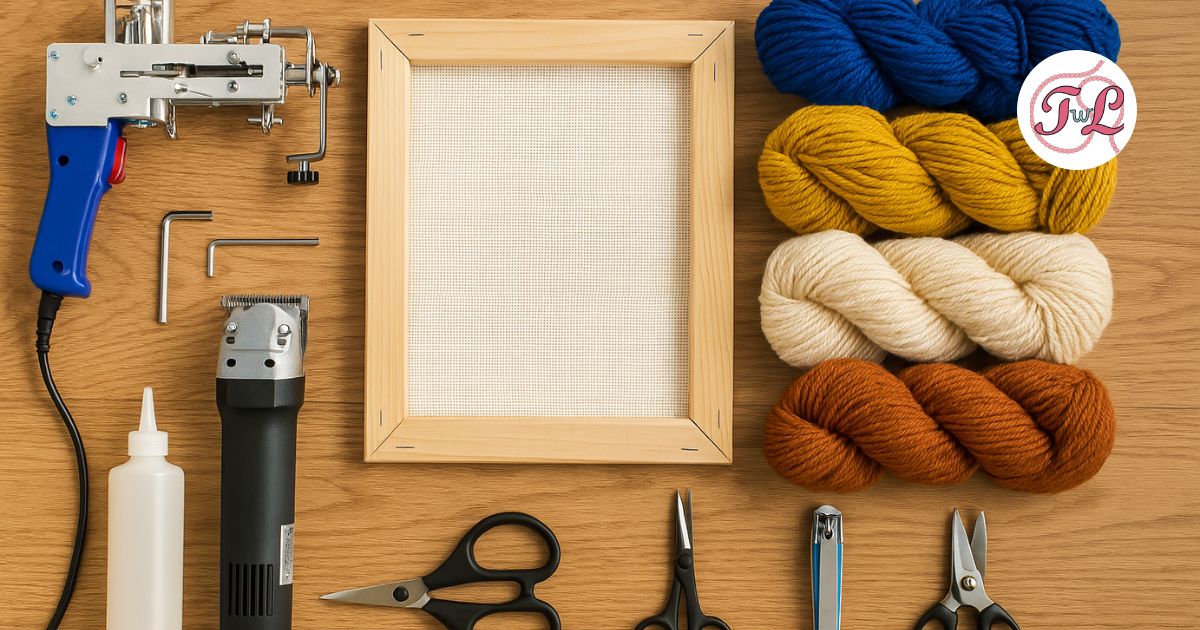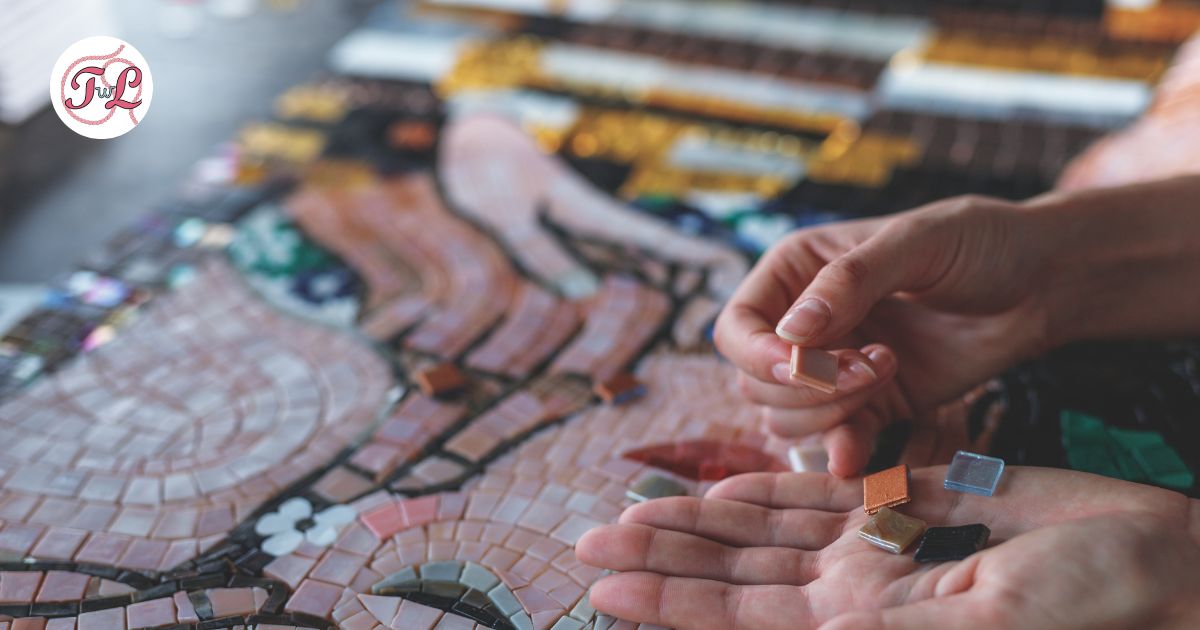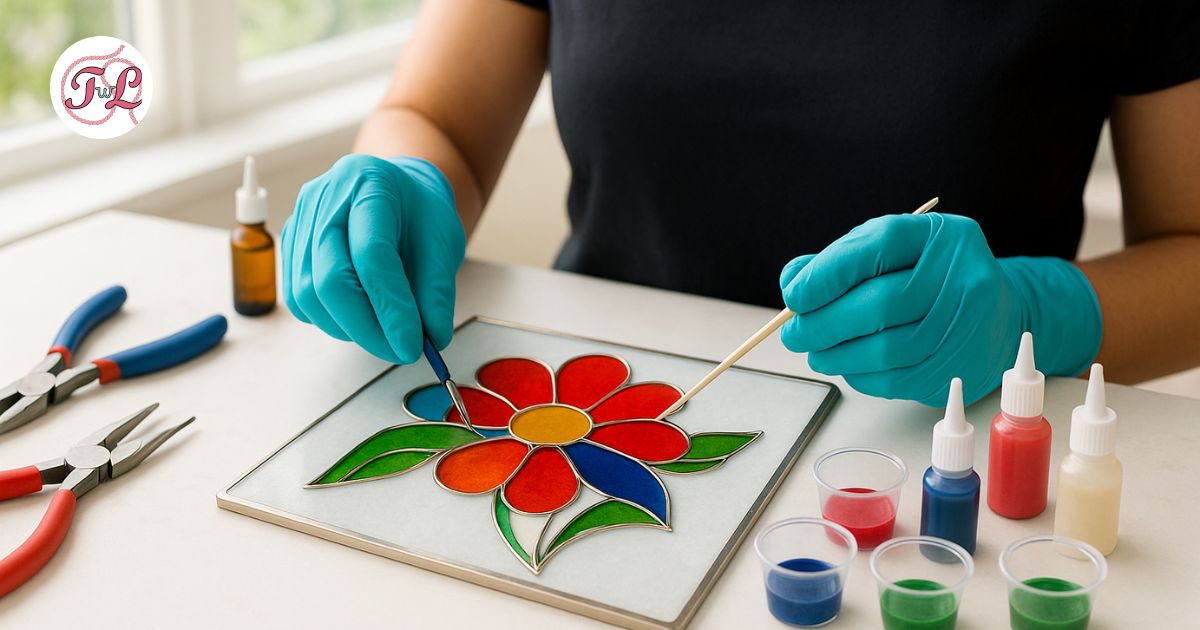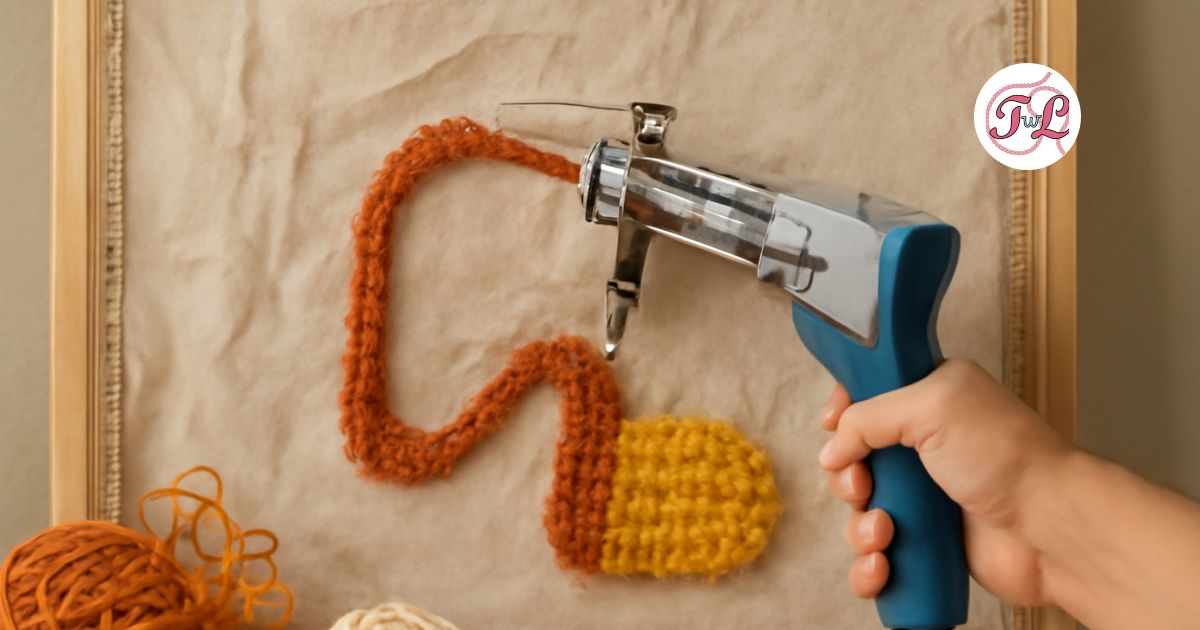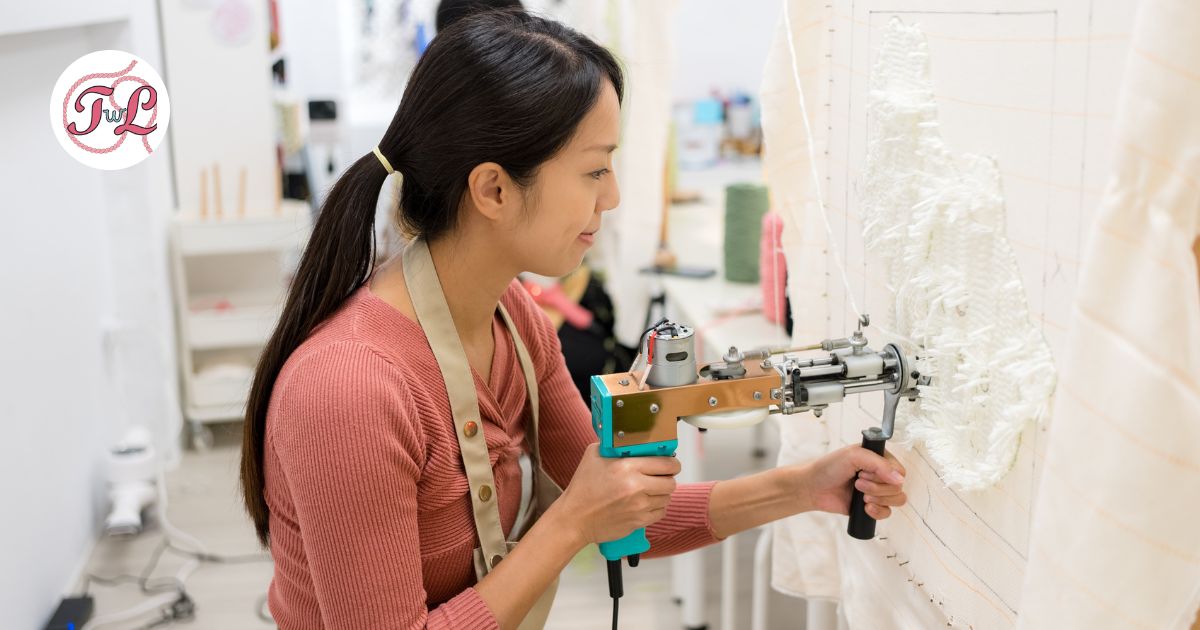
Table of Contents
Rug tufting’s popularity has surged due to its creative and hands-on nature. However, before starting, it’s crucial to have the right rug making kit. A well-chosen kit ensures a smooth and satisfying first project, making the difference between success and frustration.
Understanding the Basics of a Rug Making Kit
What is a Rug Making Kit?
A rug making kit is essentially a curated box of essentials tailored for DIY rug making – particularly tufting. Rather than hunting down each item individually, these kits package everything you need to get started: from a tufting gun and yarn to backing fabric and finishing tools.
Some are tailored specifically for beginners, while others are built for more advanced users. Either way, it saves time and ensures compatibility between your tools.
Who Should Use One?
These kits are especially helpful for:
- Beginners, who want a stress-free, ready-to-go setup.
- DIYers, who value convenience.
- Crafters, who want a portable or backup kit.
- Even seasoned tufters like the simplicity of having everything in one place.
Related: Rug Tufting for Beginners
Essential Components of a Rug Tufting Kit
Tufting Gun
This is the heart of any tufting starter kit. Tufting guns come in two main types:
- Cut pile guns, which trim the yarn as they insert it, giving a plush and soft texture.
- Loop pile guns which leave loops uncut for a more textured and durable finish.
Beginners usually start with cut pile guns – they’re easier to manage and give that fluffy, modern rug feel most people want. Look for models with adjustable speed and a solid build, especially if you’re planning more than just one rug.
Backing Fabric
This is what holds your yarn together. Primary tufting fabrics include:
- Monk’s cloth: durable and flexible.
- Burlap: affordable, but a bit looser in weave.
- Polyester blends: tight weave and strong, often used by pros.
Your fabric needs to be tightly secured in a frame and should allow the tufting needle to punch through easily without tearing.
Yarn Supply
You can’t have a rug without yarn! Here’s what to consider:
- Acrylic yarn is the most beginner-friendly—affordable, colorful, and versatile.
- Wool yarn offers a luxurious texture and natural look.
- Blended yarns combine the best of both worlds in terms of softness and strength.
Make sure your yarn matches your tufting gun’s specs—too thick or thin and it won’t feed smoothly.
Tufting Frame
Your frame holds the backing fabric taut, which is crucial for a smooth tufting experience. Kits usually include either:
- Fixed frames are great for beginners and small spaces.
- Adjustable frames, which can accommodate various rug sizes.
A good frame will keep your fabric tight throughout the session—no sagging or slipping allowed.
Rug Trimming Tools
After tufting, you’ll need to clean things up. That’s where trimming tools come in:
- Clippers and rug trimmers help level out the pile.
- Detail scissors are handy for edges and shapes.
- Electric shears can save time for larger rugs.
These tools help you achieve a uniform finish and elevate your rug from DIY to designer-looking.
Fabric Glue or Adhesive
To secure your work, you’ll need to apply adhesive to the back of your rug:
- Latex glue is most commonly used.
- Spray adhesives offer convenience for small projects.
- Hot glue may work in a pinch, but it is less flexible.
Let it dry fully before trimming or applying the final backing layer.
Nice-to-Have Additions in Your Tufting Starter Kit
While the essentials get the job done, a few extras can make the experience even smoother:
Yarn Threader Tool
This small tool helps guide yarn through your tufting gun. It’s a time-saver, especially for frequent color changes.
Projector or Transfer Paper
Transferring designs to your backing fabric can be tricky. A projector or transfer paper allows you to trace your design accurately before starting.
Protective Gear
Especially for beginners, wearing gloves or safety glasses adds a layer of comfort and safety. Aprons help keep stray yarn and glue off your clothes.
Extra Needles and Maintenance Kit
Tufting guns benefit from occasional maintenance. Having spare needles, a mini tool kit, and some oil keeps your gun in top shape.
Buying Pre-Assembled Kits vs. DIY Kits
Pros of Pre-Assembled Kits
- Convenience: No guesswork—just open and start.
- Beginner-friendly: Often comes with tutorials or support.
- Cohesive: Tools are chosen to work well together.
Pros of Building Your Own Kit
- Customization: You can handpick every item to suit your preferences.
- Higher quality: More control over brands and materials.
- Scalability: Add as you go based on your project size and complexity.
Where to Buy a Quality Rug Tufting Kit
You’ll find kits both online and in specialty stores. Be sure to:
- Check reviews.
- Confirm what’s included.
- Compare prices and shipping.
Want a trusted place to start? Browse beginner-friendly and pro-level kits at Tufted With Love’s Shop, where quality and authenticity go hand in hand.
Tips for Choosing the Right Kit for You
- Start with your skill level. Beginners should prioritize ease of use over professional complexity.
- Consider project size. Small rugs need less frame space and yarn.
- Look for support. Kits from reputable sellers often come with guidance or how-to videos.
- Stick to the basics at first. You can always upgrade as you go.
Conclusion
A solid rug making kit can turn a curious beginner into a confident creator. With the right combination of tools, materials, and accessories, rug tufting becomes much less intimidating and more fun.
Whether you opt for a pre-assembled rug tufting kit or prefer to curate your own tufting starter kit, what matters most is having reliable, high-quality tools to bring your vision to life. So go ahead and build your kit, sketch your design, and start tufting something beautiful.
Explore complete kits and tufting essentials at Tufted With Love’s Shop to get started the right way.
FAQs about tufting kit
1. What’s the best rug making kit for beginners?
Look for a kit that includes a cut pile tufting gun, backing fabric, yarn, frame, and glue – ideally with support resources or instructions.
2. Do I need a tufting gun to start rug making?
Yes, for tufting specifically. Traditional rug-making methods don’t require one, but they’re far more time-consuming and complex.
3. Can I build my own tufting starter kit?
Absolutely! Many advanced tufters prefer sourcing tools individually for more customization and control over quality.
4. How much should a full rug tufting kit cost?
Beginner kits range from $250–$500 depending on quality and components. Pro kits can go higher depending on gun type and materials.
5. Is it cheaper to buy a pre-made kit or individual items?
Pre-made kits offer better value for beginners. Buying individually gives you more control but can cost more overall.

Firas
Firas is a co-founder of Tufted With Love Studio, a creative space dedicated to crafting unique, handcrafted rugs and textile art. The studio emphasizes meticulous after-tufting care to ensure each rug is ready for its new home.


